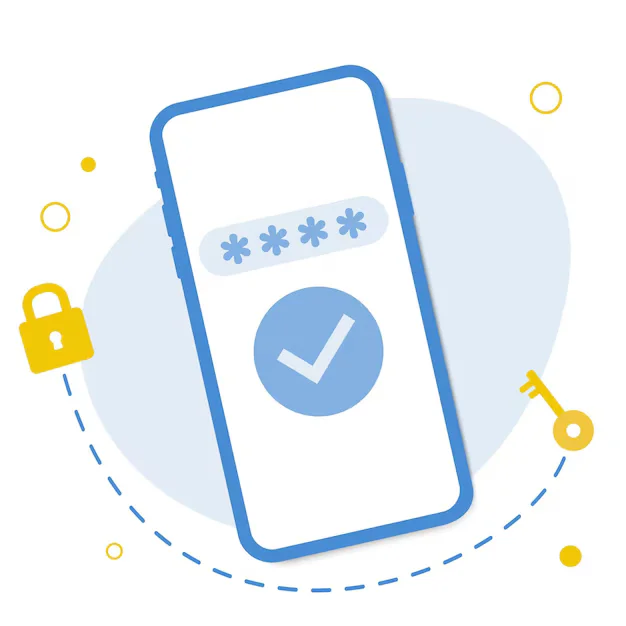How to Send Emails in Laravel Using Mailables explains the structured way to send emails through Laravel’s built-in Mailable classes. It covers setting up mail configuration, creating mailables, and using templates for email content. Mailables allow for clean separation of logic and design in email delivery. You can easily pass dynamic data and use Blade views for formatting. This method ensures maintainable and customizable email communication in Laravel apps.
Getting Started with Mailables in Laravel
Laravel Mailables make it easy to send well-structured and reusable emails. This guide walks you through generating Mailable classes, writing content, and sending them via controllers. Cleanly separate your email logic from business code. Perfect for both notifications and newsletters. Laravel simplifies email like never before.
Using Blade Templates for Beautiful Email Designs
Designing emails is easy with Laravel Blade templates. This post shows how to create clean HTML layouts inside your Mailables using reusable Blade components. Organize content with sections and styling for maximum impact. Give your users a professional inbox experience. Make emails part of your brand identity.
Sending Emails with Dynamic Data in Laravel
Need to send personalized content like usernames, orders, or passwords? This blog explains how to pass data to Mailables and render it in templates. Deliver emails that feel personal and relevant. Laravel’s binding system keeps everything tidy and powerful. Dynamic content builds better user engagement.
Queueing Emails in Laravel for Better Performance
Don’t slow down your app while sending emails. Learn how to queue your Laravel Mailables using jobs and the Queueable trait. Send thousands of emails without blocking requests. Improve performance and user experience in one step. Ideal for bulk messages or transactional flows.
Sending Markdown Emails in Laravel with Ease
Laravel supports Markdown-based email templates — perfect for fast, styled messages. This article covers how to use the built-in Markdown email components and publish them for customization. Get great-looking emails without hand-coding HTML. A developer-friendly approach to email design.
Using Laravel Notifications vs. Mailables: What to Choose?
Should you use Mailables or Notifications for your emails? This blog compares both, showing when to use each and how they integrate with Slack, SMS, and more. Mailables are great for full templates, while Notifications are ideal for quick alerts. Choose the right tool for your messaging needs.
Testing Laravel Mailables with PHPUnit
Writing testable emails improves reliability. This post teaches you how to use Laravel’s testing features to verify email content, structure, and delivery logic. Use Mail::fake() and assertSent() to validate Mailables. Stop bugs before they hit your users’ inboxes. Strong tests lead to confident deployments.
Adding Attachments to Laravel Emails
Want to send invoices, images, or reports via email? This guide shows how to attach files to your Laravel Mailables using the attach() method. You’ll also learn about file storage, mime types, and file size limits. Expand your email capabilities securely and easily.
Setting Up SMTP Configuration in Laravel
Your email won’t send unless SMTP is properly configured. This article covers how to set up mail drivers like SMTP, Mailgun, or SES in the .env file. We’ll also troubleshoot common errors like “Connection Refused” or “TLS Required”. Get your email setup running in minutes.
Creating Reusable Mail Components for Large Projects
If your app sends many types of emails, code duplication can become a problem. This post shows how to break up your Blade templates into reusable components for headers, footers, and layouts. Maintain consistency across all your emails. Save time and reduce bugs.
Scheduling Emails in Laravel Using the Task Scheduler
Want to send emails daily, weekly, or based on events? Learn how to use Laravel’s Task Scheduler to dispatch emails on a regular basis. Ideal for reminders, reports, or marketing campaigns. Automate communications and stay consistent with minimal manual effort.
Using Events and Listeners to Trigger Laravel Mailables
Triggering emails after user actions? This blog shows how to use Laravel’s event/listener system to send Mailables when actions like user registration or order placement happen. Keep your logic organized and maintainable. Event-driven emails are scalable and clean.
Creating Multi-Language Email Templates in Laravel
Build emails that support global audiences with Laravel’s localization features. This post walks through translating subject lines and content using language files. Make your emails multilingual and user-friendly. Boost engagement and accessibility across languages.
Logging Sent Emails for Debugging and Auditing
Want to track which emails are sent and when? This article shows how to log sent Mailables using Laravel’s Mail::listen() method or database records. Gain visibility into your communication history. Helpful for debugging, analytics, or compliance.
Styling Laravel Emails for Better Mobile Responsiveness
Responsive email design is key in today’s mobile-first world. This blog covers best practices for writing responsive CSS, using inline styles, and testing emails in Gmail or Apple Mail. Deliver beautiful emails across devices. Your Laravel Mailables should look great everywhere.







